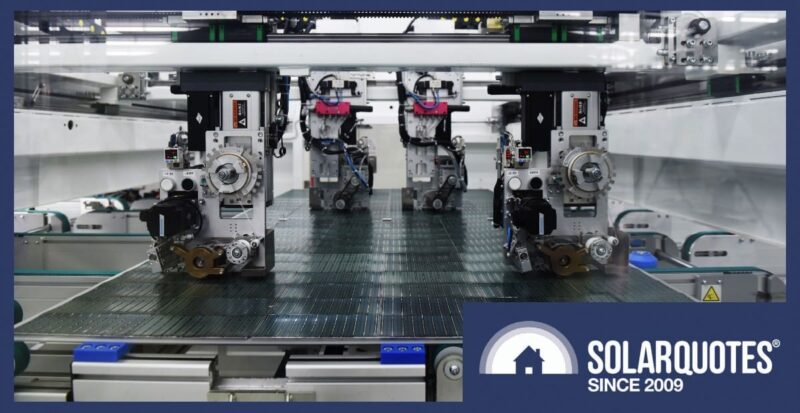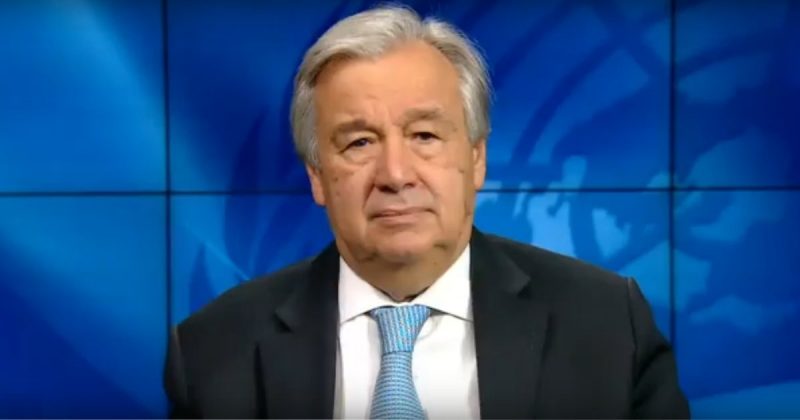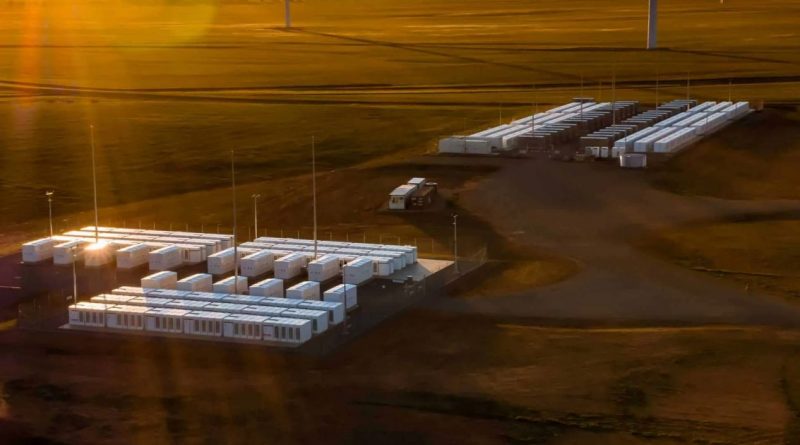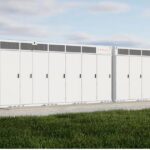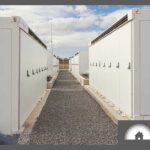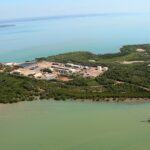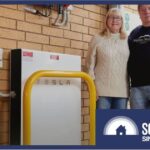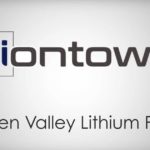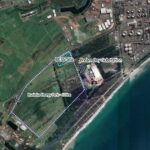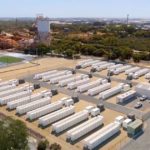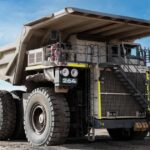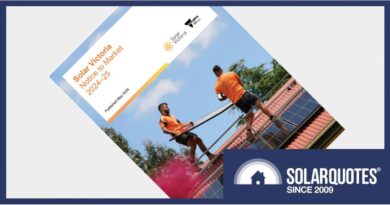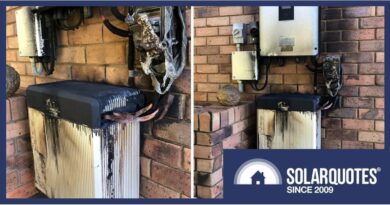Tesla Big Battery Court Battle Begins
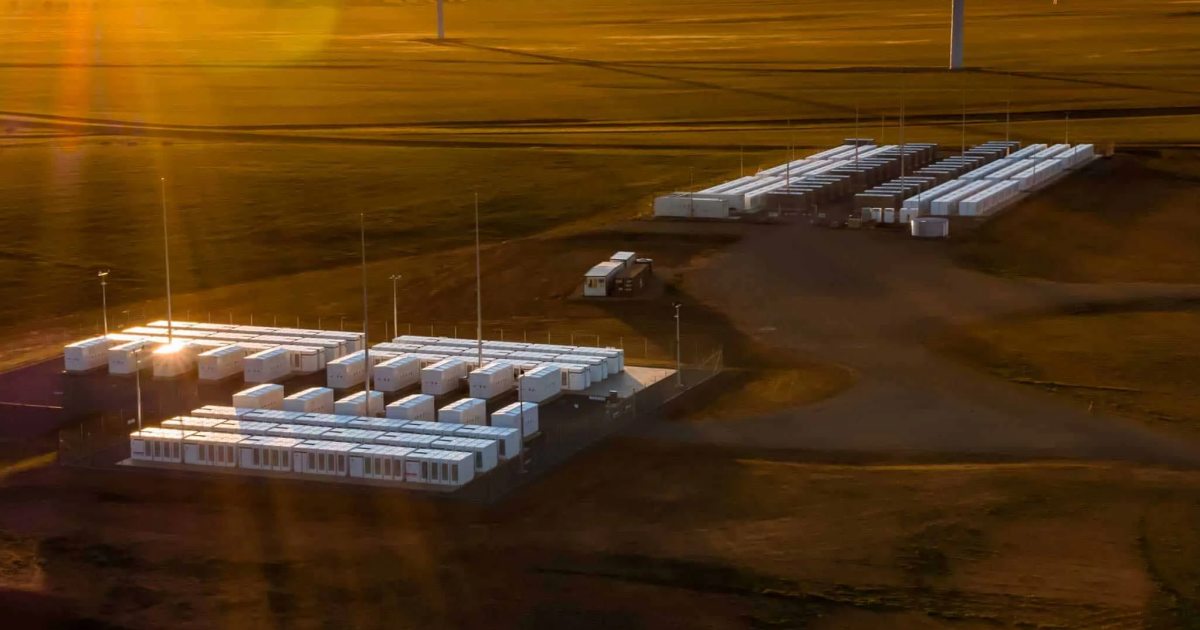

The Australian Energy Regulator has commenced action in the Federal Court against Hornsdale Power Reserve over what it says were breaches of the National Electricity Rules.
Hornsdale Power Reserve (HPR), also known as the Tesla Big Battery, is located around 15km north of Jamestown in South Australia – about 3 hour’s drive from Adelaide. It was constructed in the wake of SA’s big blackout and the project drew a lot of attention globally; not just for its technology and scale, but Tesla CEO Elon Musk promising to deliver the battery within 100 days or it would be free.
The Neoen-owned facility started operations in 2017 as a 100MW/129MWh Tesla Powerpack based project – the largest lithium-ion battery storage system in the world. A 50MW/64.5MWh expansion was announced in 2019, testing of which commenced in June this year.
As well as acting as energy storage for adjacent Hornsdale Wind Farm, the Tesla Big Battery provides contingency Frequency Control Ancillary Services (FCAS) when called upon – helping to maintain the frequency of the National Electricity Market’s electricity system within the normal operating band of around 50 cycles per second. And it does this very competitively compared to coal and gas plants.
A report from Aurecon found in 2019, Hornsdale Power Reserve reduced costs in the National Electricity Market by $116M through the provision of these services.
In October that year, a unit of Queensland’s Kogan Creek coal power station crapped out, slashing supply by 748 megawatts and causing the power system to drop well below the normal system frequency level. South Australia helped keep the lights on in the NEM during that event, but the SA Government claimed credit for South Australia’s Virtual Power Plant (also Tesla based) – not HPR.
AER: HPR Didn’t Deliver On Promises Made
The Australian Energy Regulator (AER) wasn’t happy with the Tesla Big Battery’s performance during that event – and for a longer timeframe that year. It alleges:
“Between July and November 2019, HPR made offers to the Australian Energy Market Operator (AEMO) and was paid to provide market ancillary services which allegedly it could not in fact provide, including when required to provide those services after a frequency disturbance.”
The AER says this undermined AEMO’s ability to maintain frequency within limits, creating a risk to power system security and stability.
“It is vital that generators do what they say they can do if we’re going to keep the lights on through the market’s transition to variable renewable generation,” said AER Chair Clare Savage.
The AER is seeking declarations, pecuniary penalties and costs from its action.
There are of course two sides to every story. Proceedings were only publicly announced yesterday afternoon, and at the time of writing I wasn’t able to find any public comment from Hornsdale Power Reserve Ltd or Neoen on the action.
The related provisions the alleged breaches refer to are Clauses 2.2.6(g)(4), 2.3.5(g)(4), 3.8.7A(l) and 4.9.8(d) of the National Electricity Rules. I haven’t had time to look those up – but if you’re keen to know what they are, you can find the National Electricity Rules here.
Original Source: https://www.solarquotes.com.au/blog/tesla-big-battery-aer-mb2166/

